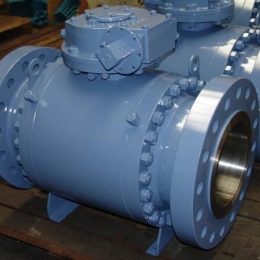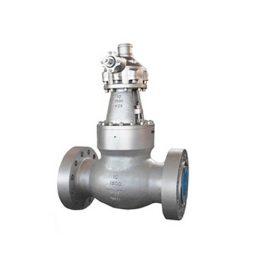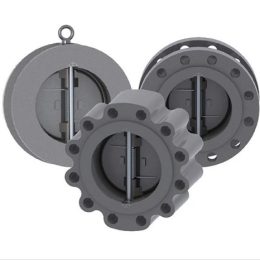Ball Valve Specifications And Functions: Everything You Need To Know

Ball valves are essential components in piping systems that regulate the flow of fluids. They are commonly used in industrial applications such as oil and gas, petrochemicals, and water treatment plants. Ball valves come in various sizes, materials, and configurations to meet different specifications and functions.
Understanding the ball valve specifications and functions can help you choose the right type of valve for your application. This article provides an in-depth guide to ball valve specifications and functions, including types, features, advantages, and disadvantages.

Types of Ball Valves:
Ball valves come in three main types, namely:
- Full Port Ball Valves: These valves have a large ball opening that allows unrestricted flow of fluid.
- Reduced Port Ball Valves: These valves have a smaller ball opening that restricts the flow of fluid.
- V-Port Ball Valves: These valves have a V-shaped ball opening that provides precise control of fluid flow.
Each type of ball valve has unique features and applications. Full port ball valves are ideal for high flow applications, while reduced port ball valves are suitable for low flow applications. V-port ball valves are used in applications that require precise flow control.
Ball Valve Specifications:
Ball valve specifications include size, material, pressure rating, and end connection type. The size of the ball valve refers to the diameter of the ball opening, while the material determines the valve’s compatibility with different fluids and environments.
Pressure rating is the maximum pressure that the valve can withstand without failing. End connection type refers to the way the valve connects to the piping system. Common end connection types include threaded, flanged, and welded.
Ball valves can be made of various materials, including stainless steel, brass, bronze, PVC, and carbon steel. Each material has its advantages and disadvantages in terms of strength, durability, corrosion resistance, and cost.
Features and Advantages of Ball Valves:
Ball valves have several features and advantages that make them ideal for various applications. These include:
- Quick and easy operation: Ball valves have a simple design that allows for fast and easy opening and closing.
- Excellent sealing performance: Ball valves provide tight sealing performance, preventing leakage and reducing the risk of contamination.
- Low torque: Ball valves require minimal torque to operate, making them ideal for manual or automated operation.
- Versatile: Ball valves can be used in a wide range of applications, including high and low temperature, high and low pressure, and corrosive and non-corrosive environments.
- Low maintenance: Ball valves require minimal maintenance and have a long service life, reducing the total cost of ownership.
Disadvantages of Ball Valves:
Despite their many advantages, ball valves also have some disadvantages, including:
- Limited throttling capability: Ball valves are not ideal for applications that require precise throttling, as they have limited control over fluid flow.
- Higher cost: Compared to other types of valves, ball valves are relatively expensive, especially for larger sizes.
FAQs:
Q: What is a ball valve?
A: A ball valve is a valve that uses a ball-shaped disc to regulate the flow of fluid through a piping system.
Q: What are the types of ball valves?
A: The three main types of ball valves are full port, reduced port, and V-port ball valves.
Q: What are the advantages of ball valves?
A: Ball valves have several advantages, including quick and easy operation, excellent sealing performance, low torque, versatility, and low maintenance.
Q: What are the common materials used for ball valves?
A: Ball valves can be made of various materials, including stainless steel, brass, bronze, PVC, and carbon steel.
Q: How do I choose the right ball valve for my application?
A: To choose the right ball valve, consider the size, material, pressure rating, end connection type, and the specific requirements of your application.
Conclusion:
Ball valves are essential components in piping systems that regulate the flow of fluids. Understanding the ball valve specifications and functions is crucial in selecting the right valve for your application. Full port, reduced port, and V-port ball valves each have unique features and applications. The material, pressure rating, and end connection type are also important factors to consider when choosing a ball valve. While ball valves have many advantages such as quick and easy operation, excellent sealing performance, low torque, versatility, and low maintenance, they also have some disadvantages such as limited throttling capability and higher cost. By understanding these factors, you can select the right ball valve for your needs and ensure optimal performance and reliability of your piping system.
- Trunnion-Mounted Ball Valve: Benefits and Limitations
- Understanding the Industrial Applications of Socket Welding Check Valves
- “Optimizing Efficiency and Safety: The Benefits of Casted Trunnion Ball Valve Design”
- Butterfly Valve Basics: Anatomy and Design
- Corrosion Resistance Grade Of Sanitary Valve
- Wafer Type Butterfly Valve Installation Instructions



